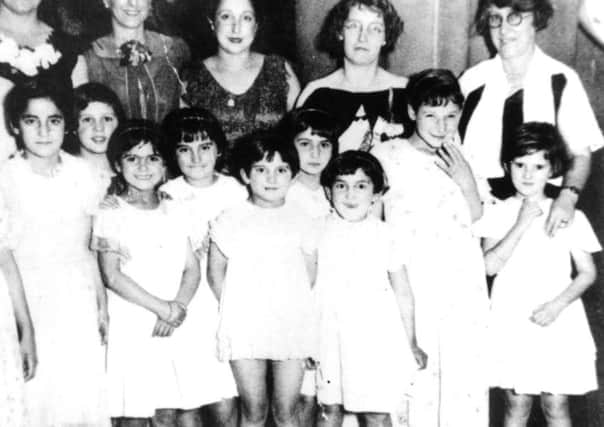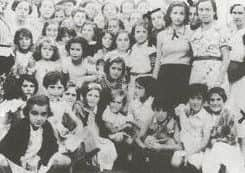Story of the Spanish Civil War children who sought refuge in Yorkshire


THE name “Guernica” has become synonymous with the 20th Century.
The destruction of the Basque town by German and Italian bombers in 1937 shocked and appalled people around the world. It was the first ever saturation bombing of a civilian population and famously inspired Pablo Picasso to paint his haunting masterpiece of the same name.
Advertisement
Hide AdAdvertisement
Hide AdBut it was also the trigger for another, lesser known, chapter in the story of the Spanish Civil War - one that led to nearly 4,000 Basque children arriving in Britain as refugees.


Many of them ended up in Yorkshire and their story is the focus of an exhibition - The Basque Children in Yorkshire 1937 - at The Peace Museum in Bradford, which is holding a special Q and A event with Carmen Kilner, of the Basque Association, and Adrian Bell, author of Only for Three Months: The Basque Children in Exile, later this month.
The Spanish Civil War, which began in July 1936, pitched left-wing republicans against the right-wing nationalists, led by Franco, and is seen as one of the key events of the past 80 years.
Following the bombing of Guernica the Basque government appealed to foreign countries to give temporary asylum to its children, fearful that other towns and cities would meet a similar fate.
Advertisement
Hide AdAdvertisement
Hide AdMany, including France, Russia, Belgium and Mexico, agreed, but the British government initially refused to provide any assistance fearing this would breach its non-intervention pact.


However, under growing pressure from the weight of public opinion the British government reluctantly agreed to allow them to seek sanctuary here. However, it stipulated that the Basque Children’s Committee, formed in May that year to help provide housing and care for the children, must pay 10 shillings a week for every child.
The government thought 2,000 children would come over but in the end around 3,800 arrived at Southampton on May 23, along with a bevy of teachers and priests. Among them was Carmen Kilner’s mother, who at the time was a 22 year-old teacher.
Carmen says local communities quickly rallied to the cause. “The children were kept in groups, because the Basque government wanted to make sure they didn’t lose their language or culture, and they stayed in what were called ‘colonies.’ Yorkshire was one of the first counties to help and JB Priestley was among the many voices offering his support.”
Advertisement
Hide AdAdvertisement
Hide AdIn Yorkshire there were at least 10 ‘colonies’ with Basque children offered shelter in a number of towns and cities including Bradford, Huddersfield, Hull, Leeds, Scarborough, Sheffield and Keighley.
A total of 450 arrived in Yorkshire although some returned after just three months. “There was a steady stream that went back and by the end of the Spanish Civil War in April 1939 there were about a thousand left.”
They continued to return home during the Second World War although some stayed to fight for their adopted country. By the time the war had finished there were around 300 still here and they went on to begin a new life in Britain.
“This was the single biggest influx of child refugees in this country ever, it was bigger than the Kinder transports,” says Carmen.
Advertisement
Hide AdAdvertisement
Hide Ad“But it wasn’t the government that helped it was ordinary people and I think Britain and Yorkshire should be very proud of what they did for those Basque children.”
A special opening evening, including a screening of the film The Guernica Children, is being held at The Peace Museum on February 18. The event is free. To attend email [email protected]. The exhibition runs until March.